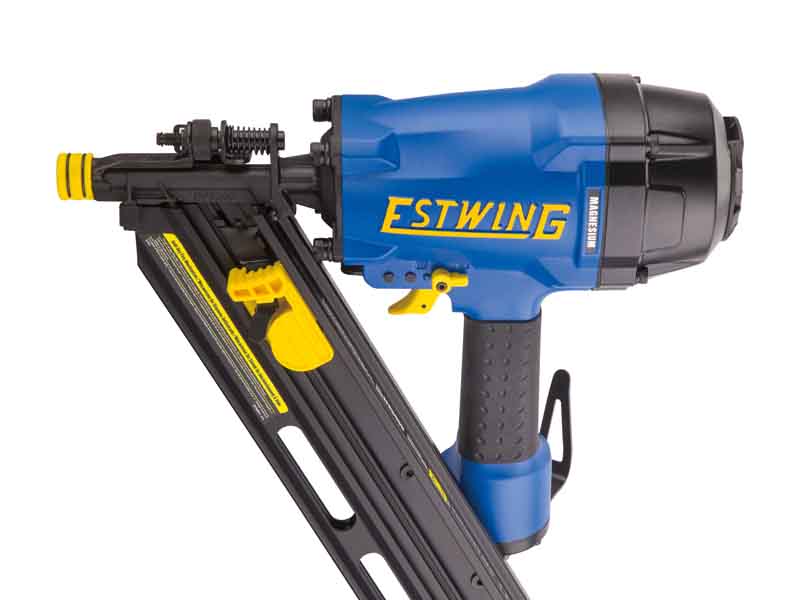
How to Repair and Replace Wood Flooring
If you’ve ever lived in an old house—a really old house—then you know the problem of termites. They can wreak […]

If you’ve ever lived in an old house—a really old house—then you know the problem of termites. They can wreak […]

Having been around since the early 1920s, Estwing is probably best known for their hammers, hatchets, and tomahawks. At least […]

Senco SHF200 Flooring Nailer and Senco PC1280 Portable Air Compressor Make a Great Pair Phase 3 of the Plating Home Renovation […]

Having both refinished and laid my share of flooring, going from a manual nailer to a pneumatic is a bit of a jump – but a welcome one. As anyone who has done flooring knows, the two tools work in basically the same way, but with one exception. With a manual flooring nailer, the very act of beating on the rubber ram cap drives the ratcheting mechanism which sends the cleat into the wood until it’s all the way in. With most decent floor nailers, the ratchet will then reset when the nail is at the correct depth. Porta-Nails’ 470A Flooring Nailer is a pneumatic model which uses 89-90 PSI of air pressure to drive the nail into the flooring with a single, less-aggressive strike.

The Model 50M is a manual, single-blow nailer designed to use 18 gauge cleats. It is recommended for use on 3/8″, 1/2″ and 5/8″ tongue and groove flooring, as well as some 3/4″, exotic and solid wood flooring. The 50M uses a thinner 18 gauge cleat that is less likely to split the tongue on thinner woods and provides a reliable bond to the underlayment. This is a very robust nailer and it should do an incredible job at smaller jobs. We don’t recommend it for larger work over 300 sq. ft. as it will invariably produce lots of arm strain due to its reduced handle size and greater amount of required exertion over a pneumatic model.